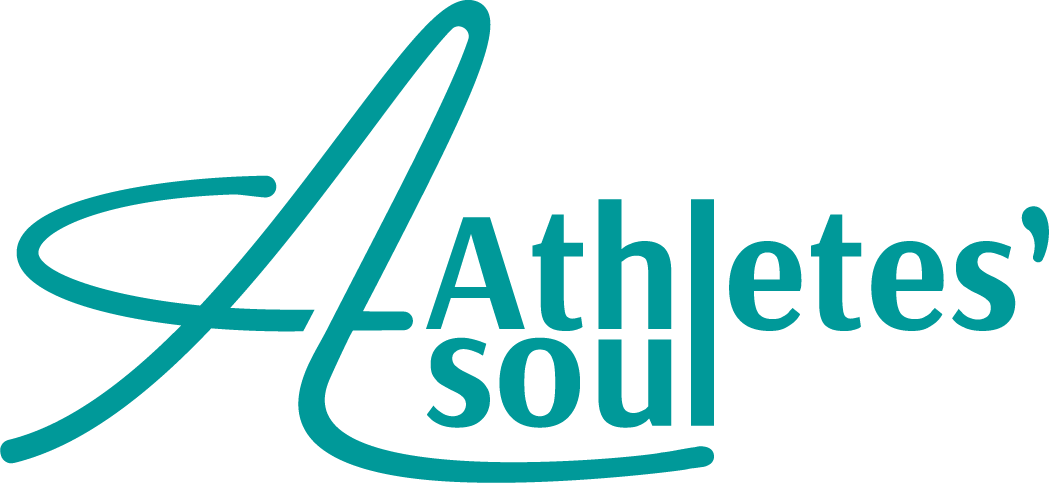The Power of Preparing for Life After Sports: How a Diverse Identity Enhances Performance and Eases Transitions
By Todd Adamson, PsyD, ABPP and Athletes’Soul Volunteer
For many athletes, the identity of being a competitor is all-encompassing, often becoming the defining part of their existence. However, a growing body of research highlights a critical truth: diversifying one's identity and preparing for life after sports can enhance athletic performance and pave the way for a smoother transition once the playing days are over. Let’s explore how investing in a well-rounded self, beyond the athlete persona, benefits both the present and future.
The Myth of the Singular Athlete Identity
It’s easy to understand why many athletes develop a strong singular identity as competitors. From an early age, hours of practice, competitions, and sacrifices for the sport mold their self-perception and social circles. While this commitment is commendable, studies have shown that exclusive identification with being an athlete can be risky. Athletes who view themselves solely through their sport may experience higher levels of anxiety, reduced well-being, and more intense challenges when transitioning out of their sports careers.
A 2020 study published in The Journal of Sport and Exercise Psychology revealed that athletes with more diverse identities reported lower levels of psychological distress during retirement compared to those who identified solely as athletes (Eggleston, Hawkins & Fife, 2020). The logic is simple: when athletes view themselves in more complex and multifaceted ways, they build resilience against life’s inevitable changes.
Enhancing On-Field Performance through Life Balance
Investing in life beyond sports does not come at the cost of athletic performance; in fact, it can enhance it. When athletes develop hobbies, pursue education, or build relationships unrelated to their sport, they create a buffer against the pressures of competition. This buffer can prevent burnout, enhance focus during training and competition, and lead to a healthier mindset.
One example comes from a 2024 study in Psychology of Sport and Exercise, which found that athletes who engaged in outside interests had better coping strategies during high-pressure situations (Haslam et al., 2024). This broader self-concept means that failure on the field does not equate to a total identity crisis, allowing athletes to take risks and play more freely.
The Role of a Supportive Environment
To foster a more balanced identity, coaches, teammates, and mentors play an essential role. Encouraging athletes to explore personal growth opportunities off the field—such as learning new skills, connecting with people outside their sport, or preparing for futurecareers—can normalize the idea of being multifaceted. This encouragement sends a powerful message: an athlete's worth is not tied solely to performance.
Programs that include mental health resources, career planning workshops, and networking opportunities for athletes can be particularly effective. Research published in Psychology of Sport and Exercise (Haslam et al.,2024), found that student-athletes who participated in personal development programs reported not only a higher quality of life but also more positive athletic performances.
Softening the Transition to Life Beyond Sports
For many athletes, retirement from sports can feel abrupt, whether it’s planned or due to injury or unforeseen circumstances. Those who have spent time nurturing other parts of their identity are more likely to experience a smoother shift. The International Journal of Sport Policy and Politics highlights that athletes who prepared for post-sport careers through education, skill development, and community involvement were less likely to face severe identity crises upon retirement (Voorheis, Silver, Consonni, 2023).
Building a diverse identity helps athletes recognize that they possess skills beyond their physical abilities, such as leadership, teamwork, discipline, and resilience, which can be leveraged in new ventures. This awareness empowers them to transition confidently into different roles—whether as entrepreneurs, mentors, or contributors to their communities.
Practical Steps for Athletes
Explore New Interests: T ake time to invest in hobbies, study a subject outside of sports, or volunteer.
Develop Life Skills: Learn financial management, communication, or public speaking to add value to future endeavors.
Connect Beyond the Sport: Build relationships with people who inspire growth in other areas of life.
Set Future Goals: Envision what life looks like post-athletics and make small, actionable steps towards those goals.
A Balanced Identity Benefits All
Athletes who embrace a multifaceted identity not only enhance their on-field performance but also build a foundation that supports long-term well-being. As the research affirms, the greatest advantage comes from viewing oneself as more than just an athlete. By nurturing a diverse identity, athletes find that success, fulfillment, and resilience extend far beyond the boundaries of their sport.
References:
Eggleston, D, Hawkins, L & Fife, S. (2020) As the Lights Fade: A Grounded Theory of Male Professional Athletes’ Decision-Making and Transition to Retirement, Journal of Applied Sport Psychology, 32:5, 495-512, DOI: 10.1080/10413200.2019.1626514
Haslam, C., McAulay, C., Cooper, D., Mertens, N., Coffee, P ., Hartley, C., Young, T ., LaRue, C. J., Haslam, S. A., Steffens, N. K., Cruwys, T ., Bentley, S. V., Mallett, C. J.,McGregor, M., Williams, D., & Fransen, K. (2024). "I'm more than my sport": Exploring the dynamic processes of identity change in athletic retirement. Psychology of Sport and Exercise, 73, 102640. https://doi.org/10.1016/j.psychsport.2024.102640
Voorheis, P ., Silver, M., Consonni J. (2023). Adaptation to life after sport for retired athletes: A scoping review of existing reviews and programs. PLoS One;18(9):e0291683. doi: 10.1371/journal.pone.0291683. PMID: 37733723; PMCID: PMC10513329
